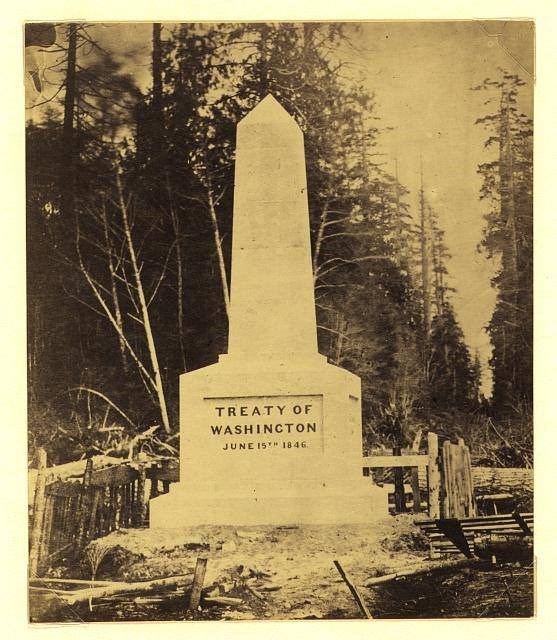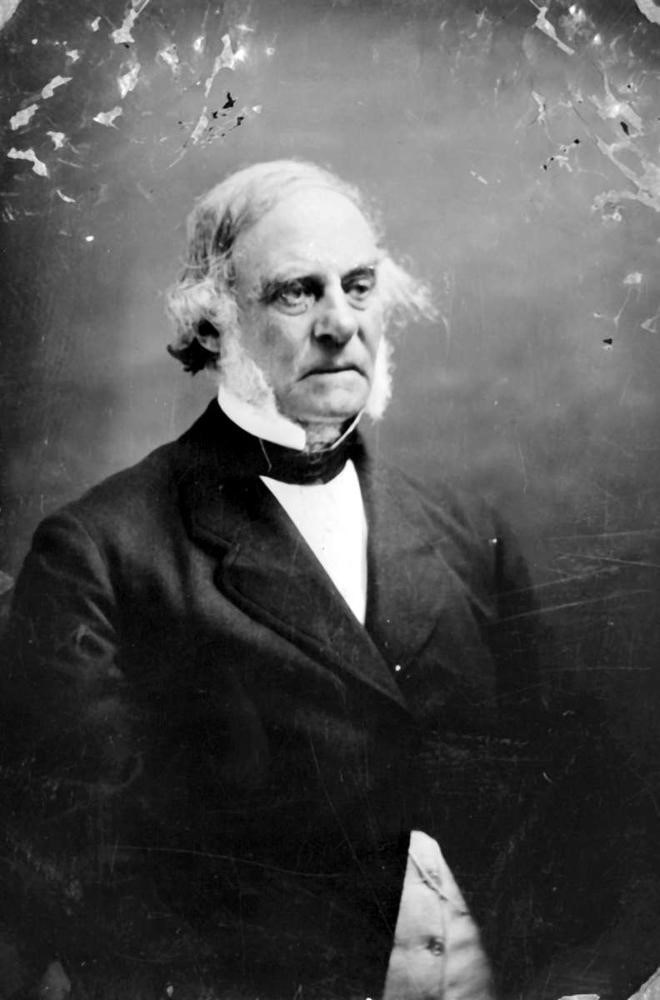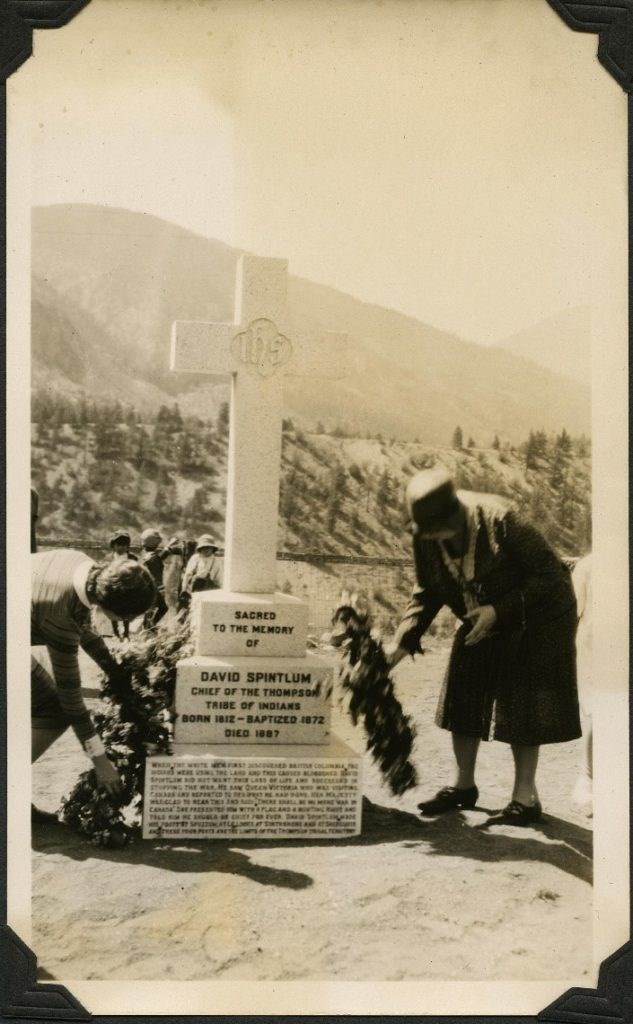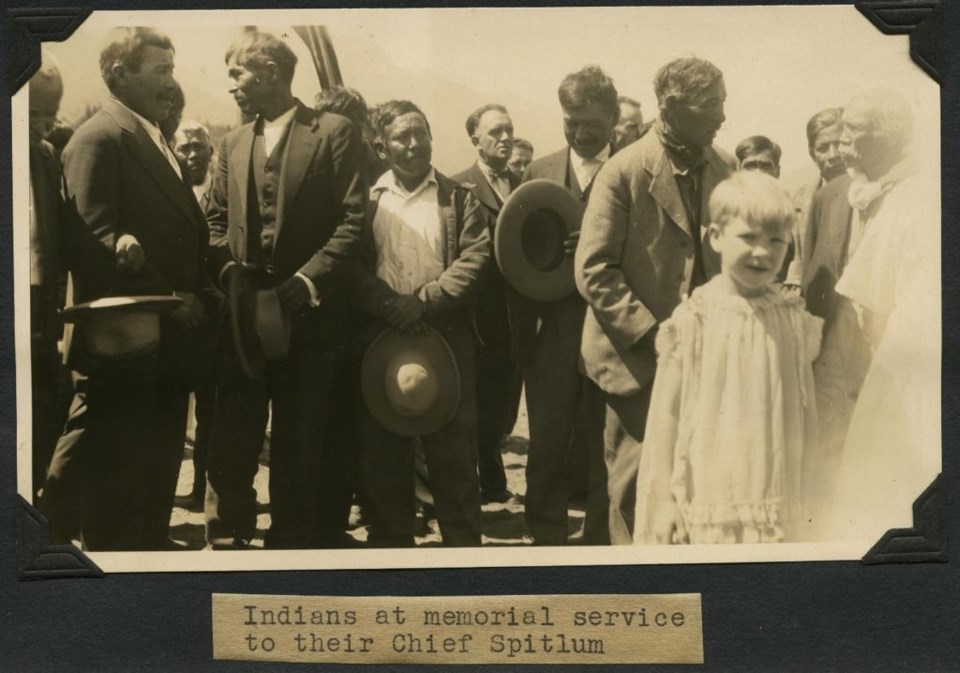Catch up with Part One here.
Even after the Fraser Canyon War, Douglas continued to be concerned that further Indigenous-newcomer violence would unfold. Writing to the Duke of Newcastle, October 9, 1860, in the aftermath of the 1858 Fraser War, Douglas stated:
I had the opportunity of communicating personally with the Native Indian Tribes, who assembled in great numbers at Cayoosh [Lillooet] during my stay.
I made them clearly understand that Her Majesty’s Government felt deeply interested in their welfare, and had sent instructions that they should be treated in all respects as Her Majesty’s other subjects; and that the local Magistrates would tend to their complaints, and guard them from wrong ... and that on their becoming registered Free Miners, they might dig and search for Gold, and hold mining claims on the same terms precisely as other miners; in short, I strove to make them conscious that they were recognized members of the Commonwealth.
The Commonwealth Douglas spoke of was based on policies of inclusion (not surprising considering what had occurred to HBC families south of the border); it was a ‘British California’ that made sure to distinguish itself from the discriminatory practices found south of the 49th parallel.

Douglas met with the assembled chiefs at Rock Creek, BC, with the object of determining what grievances they might have that could “induce them to make reprisals on the white settlers.” The governor was to discover that:
There was one subject which especially pre-occupied their minds. . . . namely the abject condition to which the cognate Native Tribes of Oregon have been reduced by the American system of removing whole Tribes from their native homes into distant reserves where they are compelled to stay, and denied the enjoyment of that natural freedom and liberty of action without which existence becomes intolerable.
They evidently looked forward with dread to their own future condition, fearing lest the same wretched fate awaited the native of British Columbia. I succeeded in disabusing their minds of those false impressions by fully explaining the view of Her Majesty’s Government, and repeating in substance what ... was said on the same subject to the Assembled Tribes at Cayoosh [Lillooet] and Lytton.
Those communications had the effect of re-assuring their minds and eliciting assurances of their fidelity and attachment.
Douglas protected the rights of Indigenous peoples to the best of his abilities. Once again, though with the exception of the Fraser Canyon War, British Columbia was different. In the post-1858 world, First Nations (women included), along with Chinese, were the main miners operating along the Fraser and Thompson rivers. Unlike their US counterparts, they were not targets of eradication.
For instance: “From about 150,000 native people still living in California at the time of the [1848] gold discovery,” states historian Jim Sandos, “that number had plummeted to 30,000 in 1860, an 80 per cent decline in just twelve years.” And Sandos attributes “the systematic murders of Indians by whites ... [as] the greatest single cause of death after 1848.”

While Douglas assured Indigenous people that relocation from traditional lands was not part of the BC Indian Reserve policy, the governor had originally agreed with Lord Lytton as to its possibility. Lytton had pondered in a draft reply to Douglas whether “the desirable thing would be to remove them, by argument, agreement, & reasonable terms from the [gold] Diggings most thronged to by the whites.”
Lytton subsequently instructed Arthur Blackwood, senior clerk in the North American Department of the Colonial Office, to soften the language of the draft despatch from expressing Lytton’s own view of the desirability of removal to a query to Douglas as to “would it be possible.” The final despatch sent to Douglas was modified accordingly and asked whether it “might be feasible to settle them permanently in villages.”
Lytton’s inspiration with regard to Indigenous removal from traditional lands clearly came from the work of Sir George Grey, Governor of the Cape Colony in South Africa. Throughout his colonial career, Grey was also the Governor of South Australia, twice Governor of New Zealand and later the Premier of New Zealand. Referring to Grey’s work as a model for consideration, Lytton stated to Douglas:
Sir George Grey has thus at the Cape been recently enabled to locate the Kaffirs [derog. Black Africans] in villages, and from that measure, if succeeding Governors carry out, with judgment and good fortune, the designs originated in the thoughtful policy of that vigorous and accomplished Governor, I trust that the posterity of those long barbarous populations may date their entrance into the pale of civilized life.
Douglas initially responded enthusiastically to Lytton’s query such that:
I have the honour to acknowledge . . . the policy to be observed towards the Indian tribes of British Columbia, and moreover your instructions directing me to inform you if I think it would be feasible to settle those tribes permanently in villages. . . . I have much pleasure in adding, with unhesitating confidence, that I conceive the proposed plan to be at once feasible, and also the only plan which promises to result in the moral elevation of the native Indian races, in rescuing them from degradation, and protecting them from oppression and rapid decay.
Of course, Grey’s relocation of Black Africans was the basis for the Apartheid system in South Africa. In my opinion, Douglas – while seeming to have agreed initially with Lytton – ultimately did not institute a similar policy, realizing it would have precipitated further and greater Indigenous-newcomer warfare.
Douglas was always cognizant of the threat of warfare. This ever-present threat of Indigenous-newcomer conflict not only informs the establishment of early Indian reserves, but also is one of the key contexts that explains and helps define the so-called Douglas system of early colonial Indigenous policy. More importantly, the peace concluded in 1858 in the aftermath of the Fraser Canyon War was bolstered by Douglas’ strong commitment that Indigenous peoples “should be treated in all respects as Her Majesty’s other subjects. . . that they were recognized members of the Commonwealth.”
Some 70 years later the words of BC’s mixed-race governor were reiterated by the province’s mixed-race premier.

In 1930 Premier Simon Fraser Tolmie (son of prominent HBC’er Dr. William Fraser Tolmie) met with two hundred members of the Nlaka’pamux Nation in Lytton at the Spintlum Memorial in a ceremony that recognized the extraordinary peacemaker role played by Chief David Spintlum in 1858. On a blazing hot sunny day, 15 June 1930, Chief Jimmy Anderson stated, “Spintlum, he was my friend, the great chief. He made an agreement with the white men to shed no blood. It has been carried out. I am very glad. I stretch out my hand and I cling to this treaty with the whites. I am very happy that the great chief [Tolmie] has come to us, for his father we knew well and loved him.”
Premier Tolmie – descendant of the HBC fur trade – then replied:
I am glad to meet you here for you are my father’s friends. Whitemen and Indians own this province together. Let us develop it together. My advice to your young men, as to the young men of my own people, is to educate yourselves to take a strong and good part in the development of our country.

Here was the promise of Governor Douglas – the guarantee of a BC commonwealth – restated to all assembled and translated into their own language (The Province, 16 June 1930) – a compact in response to the chaos of the gold rush and the promise of a future together in marked contrast to our neighbours south of the international divide.
Clearly, after almost another 90 years later, the words of both Douglas and Tolmie should not only be remembered – but fully enacted.
A fifth-generation British Columbian, Daniel Marshall is an author, professor, curator, documentarian, and researcher focusing on British Columbia’s relatively untold but rich history. He is a recognized leader and award-winning researcher on historic Native-Newcomer relations, and their evolution and implications on Aboriginal rights today.
His award-winning documentary, Canyon War: The Untold Story, has aired on Knowledge Network, APTN, and PBS. His latest book, Claiming the Land: British Columbia and the Making of a New El Dorado, is available in bookstores across B.C.
Claiming the Land has achieved a rare and possibly unique feat in BC History by winning three major book awards: the Canadian Historical Association’s 2019 CLIO PRIZE for best book on B.C.; the 2019 Basil-Stuart-Stubbs Prize for outstanding scholarly book on British Columbia, administered by UBC Library; and the 2019 New York-based Independent Publishers’ Book Award (Gold Medal for Western Canada).
SWIM ON:
- Don't forget to read (or read again) part one of this series here.
- More Daniel Marshall? Yes, I think more Daniel Marshall. Here, he takes you back to Fort Rupert and the enduring mystery of the Fort Victoria treaties - why did James Douglas rush the process, before even getting the terms from his superiors?
- Jody Vance looked across the ocean to Yemen, and some perspective on our very first world problems.


